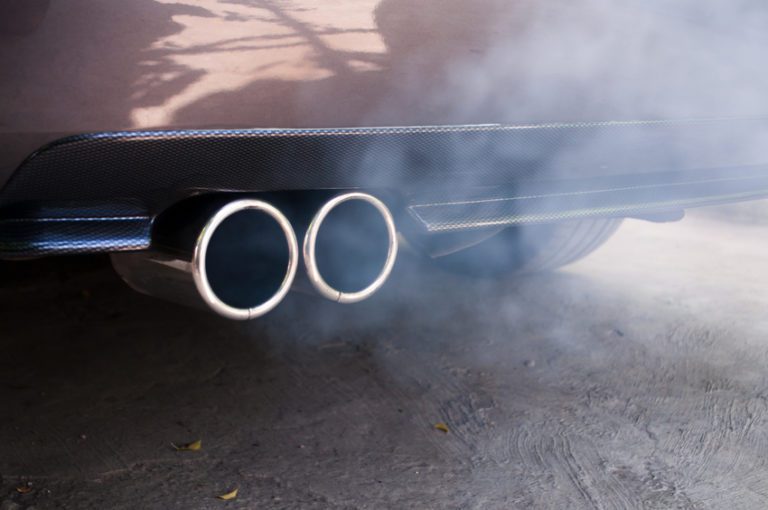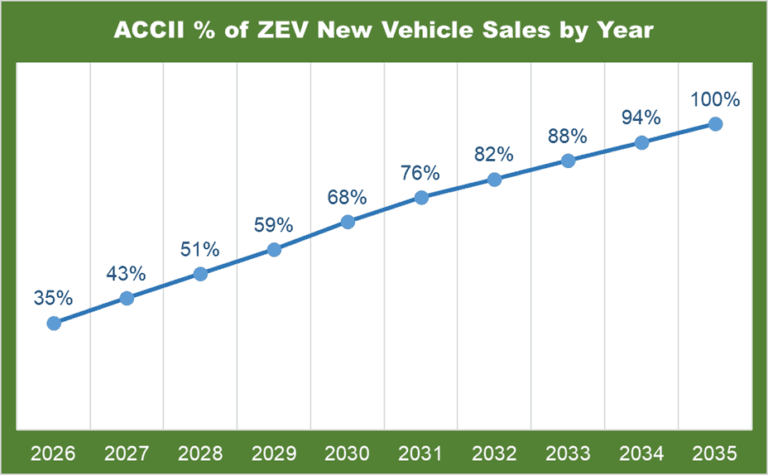Blog Post
CARB – The Most Impactful Regulation in the Auto Industry in the Last 50 Years
By Maria Neve
September 7, 2022

Consistent with our promise to communicate important industry updates, we are pleased to provide you with the latest on California’s Air Resources Board (CARB) Advanced Clean Cars II (ACCII) regulations. Wheels Donlen is committed to providing the information that you need to keep your fleet running efficiently and economically today while guiding your mobility future.
New CARB Mandates
On August 25, 2022, CARB approved the ACCII regulation. This authorization will set into motion the ruling that 100% of vehicles sold within the state must be Zero Emissions Vehicles (ZEVs) by 2035. It is momentous for two reasons: first, because California leads the states in volume of vehicle purchases; and secondly, because as California goes, so do 17 other states under Section 177 of the Federal Clean Air Act*. The regulations impact light duties, defined by CARB as vehicles less than 8,500 lbs.
Fifteen of these states have already accepted California’s existing ZEV requirements. It is significant because the combined vehicle purchases in these states (the California numbers included), collectively comprise 40.1% of light-duty vehicle sales in the US. ACCII, in conjunction with the federal Inflation Reduction Act of 2022, has the potential to reshape the automotive manufacturing industry and substantially impact the fight against climate change.
The specifics—what’s next?
CARB must request a waiver from the Environmental Protection Agency (EPA) to enact the ACCII. An EPA waiver is necessary any time that a state enacts a new emissions standard for motor vehicles.
The regulation is two-pronged:
- It amends the Zero-emission Vehicle Regulation to require an increasing number of zero-emission vehicles, and relies on advanced vehicle technologies, including battery-electric, hydrogen fuel cell electric and plug-in hybrid electric vehicles (PHEVs), to meet air quality and climate change emissions standards.
- It amends the Low-emission Vehicle Regulations to include increasingly stringent standards for gasoline cars and heavier passenger trucks to continue to reduce smog-forming emissions while the sector transitions toward 100% electrification by 2035.
Additional rules in ACCII
There are other sections of ACCII that address incentives and minimum standards to encourage EV sales:
- Charging Cord – EVs must include a charging cord.
- Adapters must be available for standardized public chargers (e.g., Tesla’s upcoming CCS adapter).
- Used vehicles must have battery health metrics providing buyers with full insight into vehicle condition.
- Batteries must hold 70% of range for 10 years or 150,000 miles. This climbs to 80% after the 2030 model year.
- Warranties must guarantee 70% of battery capacity for eight years or 100,000 miles, which increases to 75% in the 2031 model year.
- EV repair information must be disclosed to independent repair shops.
So, what does this mean for you and your fleet?
- Gasoline and diesel vehicles are not going away. They will still be legally driven in the state and resale to a new owner will be permitted. Vehicles purchased in other states can still be registered in California as long as they meet existing requirements.
- This is a stepped implementation. The regulation takes effect beginning in model year 2026 with a mandate of 35% of new vehicles meeting the ZEV standard. The progression continues to 51% of vehicle sales in 2028 onward to 100% by 2035. The chart below provides the stepped yearly requirements.

Source: CARB
- OEMs will be permitted to sell up to 20% of vehicles as PHEVs by 2035.
- A ZEV is a PHEV, EV, or hydrogen fuel cell vehicle for the purposes of this regulation.
- Medium- and Heavy-Duty trucks are not covered by ACCII rules. However CARB is currently working on developing regulations.
OEM Support
Auto manufacturers appear to be on board with ACCII. Ford, GM, Toyota, and Stellantis have all issued public statements in support of California’s authority to set its own emissions regulations.
Impacting both the environment and public health
The measures outlined in ACCII will impact both public health and climate change. ACCII has the potential to cut auto emissions by 50% from 2026 to 2040 when compared with the baseline case in California alone. This is the equivalent of almost a billion barrels of petroleum going un-burned.
A report by the American Lung Association earlier this year found that a nationwide shift to zero-emission vehicles by 2035 would generate more than $1.2 trillion in public health benefits between 2020 and 2050 and avoid up to 110,000 premature deaths.
We are at a crossroads for industry transformation that will impact, environmental, health, and social change for future generations. Wheels Donlen is proud to be at the forefront of this revolution.
Thank you and safe driving!
*Section 177 states that follow California regulations: NY, MA, VT, ME, PA, CT, RI, WA, OR, NJ, MD, DE, CO, MN, NV, VA, NM.
Up Next